Virtual fencing project off to good start on four Monitor Farms

The Monitor Farm Scotland virtual fencing project is well underway on four Monitor Farms, with farmers reporting positive experiences so far, despite some initial scepticism about the technology and how it would work in a commercial situation.
The four farms involved – Argyllshire, South Ayrshire, Stirlingshire and Strathspey – have 25 collars apiece from Norwegian specialist Monil and are testing them in their herds to assess the cost-benefit in a two-year project.
So far, the farms have fitted the solar-powered collars, have trained their cattle to turn away when they hear the collar’s signal for the virtual fence, and are using it to manage their grazing on the uplands and hills. The virtual fence is set using an app; the fence, individual animal location and movement, plus any escapees, are visible in the app. Fences can be moved and any breakouts managed remotely, with notifications sent when cattle don’t move for a certain period.
The Duncan family, Stirlingshire Monitor Farmers, are using the collars on cows on their hill farm at Inveruglas, which runs to 3,000ft and is 30 miles from their home farm. Bruce Duncan says: “We have been quite impressed at being able to locate the cattle and move them remotely. Our aim is to get them to graze in areas they wouldn’t normally go to, and we are also going to see if we can use the cows and virtual fencing to tackle some areas of bracken infestation.”
Islay Monitor Farmer Craig Archibald says he had some initial challenges as his cows were trained on the hill, which meant there was no physical barrier to help with the process, but after cattle were trained, it has been ‘pretty good’. “It’s working well, and I’ve been able to put the cattle on rough ground where they haven’t been before. I’ve also got sheep grazing with them.”
For Strathspey Monitor Farmer Calum Smith, virtual fencing means he can now graze his heifers in 5ha rotational paddocks on a 120ha upland hill. “We did have a mass break-out at one point, but we were able to manage it remotely and get everyone back. The system is like another set of eyes on the cattle, and it offers more reassurance and insight into cow behaviour too.”
On the South Ayrshire Monitor Farm, cattle in the project are grazing areas of their hill which haven’t been eaten by cattle for more than 20 years. John and David Andrew believe this will improve their grazing across their 450ha of hill land at Blair. David adds: “The collars and app make locating cattle much easier – we could spend hours looking for them in the past.”
Coll-based farmer and former Scotland rugby captain Rob Wainwright has been using the system for 18 months and discussed his experience at a Monitor Farm Gathering at the Royal Highland Show. Of the farm’s 1,800ha, only a third was usually grazed, but the collars will mean that has and will continue to change, he said.
The system had allowed them to graze cattle tightly to tackle bracken, to exclude them from environmentally sensitive or dangerous areas, and may allow them to increase cattle numbers. He added that he and his son had been continuing their multi-paddock grazing system while away at the show. “We’ve been managing the cattle from afar, moving them into new paddocks every day.”
Christine Cuthbertson, Monitor Farm Scotland regional advisor who is running the virtual Fencing project, said: “This is a really exciting project, and may transform the business of keeping cows in Scotland’s hills and uplands. We will be assessing the cost-benefit over the next two years and will also be reporting the positives and challenges our four Monitor Farms find with the technology.
“It was great to hear what Rob is doing as he has been using the system for a while, and it’s interesting to hear the changes the Monitor Farms are already planning to make in their businesses, only a few months into this project,” she said.

Sign up for the latest news and views

 Quality Meat Scotland
Quality Meat Scotland4 Redheughs Rigg
Westpoint
South Gyle
Edinburgh EH12 9DQ
- Tel: +44 (0)131 510 7920
- Email: info@qmscotland.co.uk
Follow Us
- © Quality Meat Scotland 2025
- Terms & Conditions
- Accessibility Statement
- Privacy Policy
- Cookies
- Sitemap
Site by Art Department